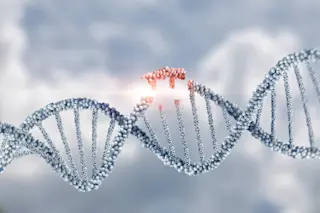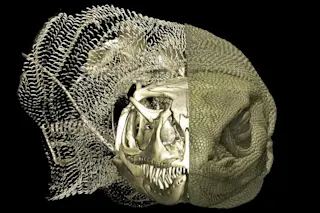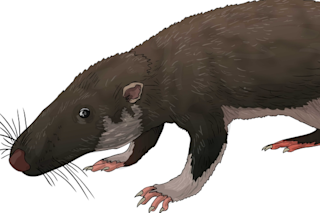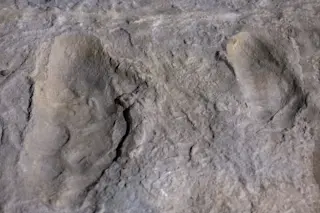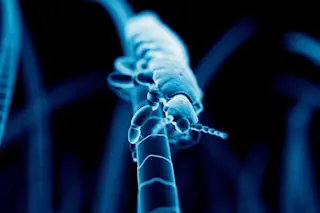Charles Darwin would have turned 200 in 2009, the same year his book On the Origin of Species celebrated its 150th anniversary. Today, with the perspective of time, Darwin’s theory of evolution by natural selection looks as impressive as ever. In fact, the double anniversary year saw progress on fronts that Darwin could never have anticipated, bringing new insights into the origin of life—a topic that contributed to his panic attacks, heart palpitations, and, as he wrote, “for 25 years extreme spasmodic daily and nightly flatulence.” One can only dream of what riches await in the biology textbooks of 2159.
1. Evolution happens on the inside, too. The battle for survival is waged not just between the big dogs but within the dog itself, as individual genes jockey for prominence. From the moment of conception, a father’s genes favor offspring that are large, strong, and aggressive (the better to court ...


